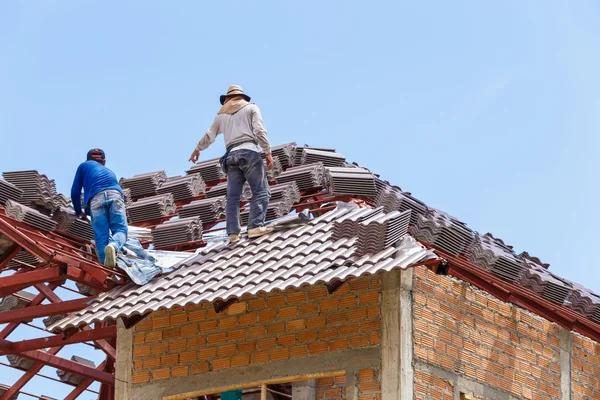
The Future of Air Conditioning and Heating Technology
The future of air conditioning and heating technology is an exciting and rapidly evolving field. With advancements in energy efficiency, environmental sustainability, and smart home integration, the way we heat and cool our homes is changing for the better.
One of the key trends in air conditioning and heating technology is the move towards more energy-efficient systems. As concerns about climate change and rising energy costs continue to grow, consumers are looking for ways to reduce their carbon footprint while also saving money on their utility bills. This has led to a push for more efficient HVAC systems that use less electricity or gas to maintain comfortable indoor temperatures.
Another important development in air conditioning and heating technology is the increasing focus on environmental sustainability. Many new HVAC systems are being designed with eco-friendly refrigerants that have lower global warming potential than traditional refrigerants. Additionally, manufacturers are exploring alternative sources of energy such as solar power to help reduce reliance on fossil fuels.
Smart home integration is also playing a major role in shaping the future of air conditioning and heating technology. With the rise of smart thermostats and connected HVAC systems, homeowners can now control their heating and cooling remotely using their smartphones discover further or other devices. This not only allows for greater convenience but also enables users to optimize their energy usage based on their schedule and preferences.
In addition to these trends, there are several emerging technologies that promise to revolutionize the way we heat and cool our homes in the future. One example is geothermal heat pumps, which use underground heat sources to provide efficient heating in winter and cooling in summer. These systems can significantly reduce energy consumption compared to traditional HVAC systems.
Another promising technology is variable refrigerant flow (VRF) systems, which allow for precise control over temperature levels in different areas of a building. By adjusting refrigerant flow based on demand, VRF systems can deliver optimal comfort while minimizing energy waste.
Overall, the future of air conditioning and heating technology looks bright as manufacturers continue to innovate with a focus on energy efficiency, sustainability, and connectivity. As these technologies become more widespread, homeowners can expect lower utility bills, reduced environmental impact, and greater comfort in their living spaces.
With ongoing research and development efforts driving progress in this field, it’s clear that we can look forward to even more exciting advancements in air conditioning and heating technology in the years ahead. The possibilities are endless as we work towards creating a more sustainable future for generations to come.



